-
![(R)-5-Methyl-4,7-diazaspiro[2.5]octan-6-one CAS:1199792-82-9](https://cdn.globalso.com/xindaobiotech/NIQ7288PPWVEXNL@IMY212.png)
(R)-5-Methyl-4,7-diazaspiro[2.5]octan-6-one CAS:1199792-82-9
(R)-5-Methyl-4,7-diazaspiro[2.5]octan-6-one is a significant compound in organic synthesis, characterized by a spirocyclic structure containing a diaza ring system and a ketone functionality. This chemical exhibits notable importance as a versatile intermediate in organic chemistry, offering strategic functionality for the synthesis of diverse organic compounds. Its unique structural features render it valuable in medicinal chemistry and pharmaceutical research, where it serves as a building block for the creation of bioactive molecules and drug candidates. Through precise manipulation and control over reactions, (R)-5-Methyl-4,7-diazaspiro[2.5]octan-6-one facilitates the synthesis of complex molecular structures, contributing to advancements in medicinal chemistry and related fields.
-
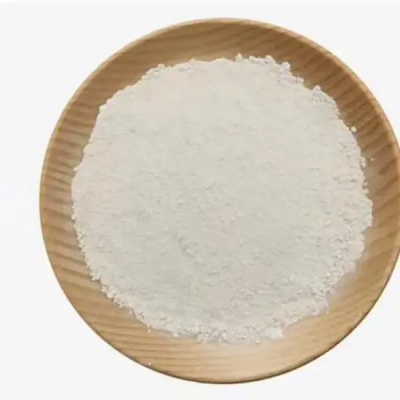
(R)-1-Boc-2-Methylpyrrolidine CAS:157007-54-0
(R)-1-Boc-2-Methylpyrrolidine is a significant compound in organic synthesis, comprising a pyrrolidine ring with a methyl group and a Boc (tert-butoxycarbonyl) protecting group. This chemical holds importance as a versatile intermediate in organic chemistry, offering strategic functionality for the synthesis of diverse organic compounds. Its unique structural features make it valuable in medicinal chemistry and pharmaceutical research, where it serves as a building block for the creation of bioactive molecules and drug candidates. With careful manipulation and precise control over reactions, (R)-1-Boc-2-Methylpyrrolidine facilitates the synthesis of complex molecular structures, contributing to advancements in medicinal chemistry and related fields.
-
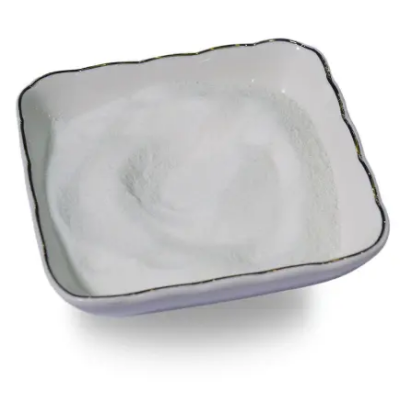
(S)-1-Boc-2-Methylpyrrolidine CAS:137496-71-0
(S)-1-Boc-2-Methylpyrrolidine is a chemical compound commonly utilized in organic synthesis. With its Boc (tert-butyloxycarbonyl) protecting group and methylpyrrolidine moiety, this compound serves as a versatile building block in pharmaceutical, agrochemical, and materials science research. Its structural features make it valuable in the synthesis of various bioactive molecules, such as pharmaceutical intermediates and fine chemicals. With careful handling and adherence to safety protocols, (S)-1-Boc-2-Methylpyrrolidine facilitates the efficient creation of complex molecular structures, contributing to advancements in diverse scientific fields.
-
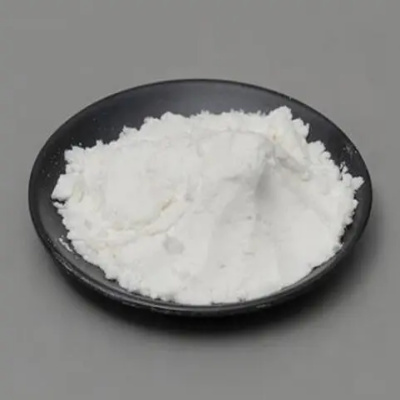
1-(4-Chlorophenyl)pyrrolidine-3-carboxylicacid CAS:933719-76-7
1-(4-Chlorophenyl)pyrrolidine-3-carboxylic acid is a notable chemical compound featuring a pyrrolidine ring with a carboxylic acid group and a 4-chlorophenyl moiety. This compound holds significance in organic synthesis and pharmaceutical research due to its unique structural features and versatile applications. With its pyrrolidine scaffold and chlorophenyl group, it serves as a valuable intermediate for the synthesis of biologically active compounds and pharmaceutical agents. Its reactivity and compatibility with various reaction conditions make it a key building block in the development of novel drug candidates and functional materials.
-
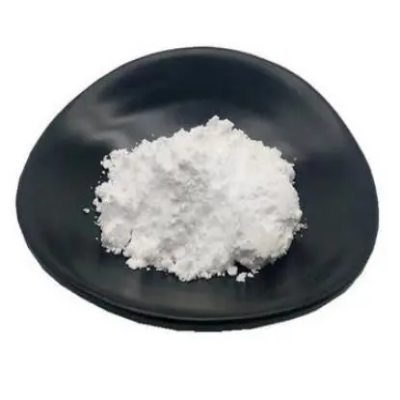
Disodium tetrachloroplatinate CAS:10026-00-3
Disodium tetrachloroplatinate, Na2PtCl4, is an inorganic compound containing sodium cations and tetrachloroplatinate anions. It is notable for its applications in various chemical processes and materials.
-
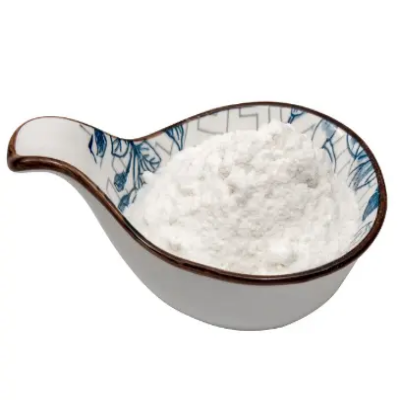
trans-Dichlorodiamineplatinum(II) CAS:14913-33-8
Trans-dichloro diamineplatinum(II) is a compound containing platinum that contains two chlorine ligands and two diamine ligands in its chemical structure. It usually exists in solid form and is easily dissolved in water. As an important coordination compound, it has been widely used in medicine and chemical industry.
-
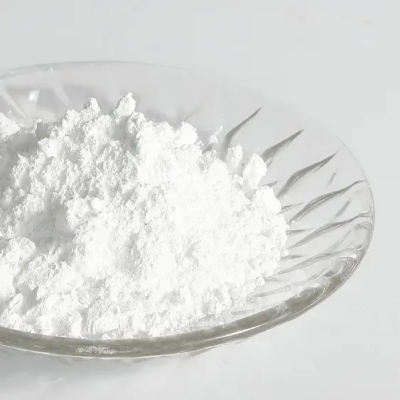
HEXARHODIUM HEXADECACARBONYL CAS:28407-51-4
HEXARHODIUM HEXADECACARBONYL is a complex compound composed of six rhodium centers coordinated with sixteen carbonyl ligands. Its chemical formula is Rh₆(CO)₁₆. This complex possesses unique structural features and exhibits interesting electronic properties, making it significant in coordination chemistry and catalysis.
-

Platinum bis(acetylacetonate) CAS:15170-57-7
Platinum bis(acetylacetonate), or Pt(acac)₂, is a coordination complex featuring a platinum center coordinated with two acetylacetonate ligands. It is commonly used as a precursor in the synthesis of platinum nanoparticles and as a catalyst in various organic transformations.
-
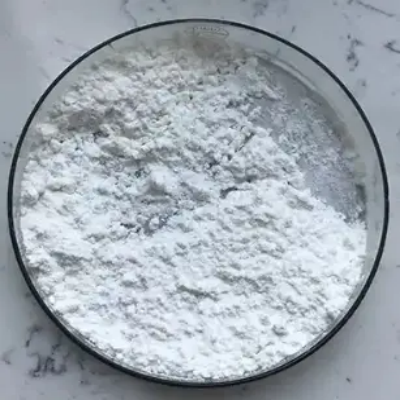
Tetrakis(triphenylphosphine)platinum CAS:14221-02-4
Tetrakis(triphenylphosphine)platinum, or Pt(PPh₃)₄, is a coordination complex featuring a platinum center surrounded by four triphenylphosphine ligands. It is widely utilized in various catalytic reactions due to its ability to activate carbon-hydrogen bonds and facilitate important transformations in organic synthesis.
-

Diiodo(p-cymene)ruthenium(II) dimer CAS:90614-07-6
Diiodo(p-cymene)ruthenium(II) dimer is a dimeric compound featuring two ruthenium(II) centers, each coordinated with a p-cymene ligand and two iodide ions. Its chemical formula is Ru₂I₄(p-cymene)₂. This dimeric complex exhibits interesting structural and electronic properties, making it a subject of interest in coordination chemistry and catalysis.
-
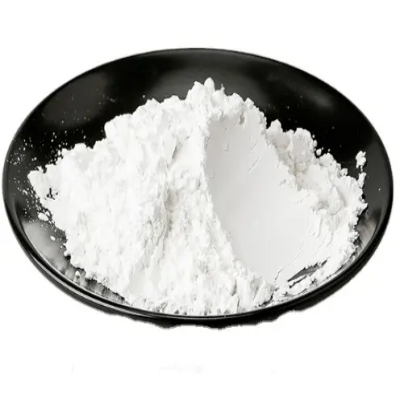
DI-MU-METHOXOBIS(1,5-CYCLOOCTADIENE)DIIRIDIUM(I) CAS:12148-71-9
DI-MU-METHOXOBIS(1,5-CYCLOOCTADIENE)DIIRIDIUM(I) is a complex compound featuring diiridium(I) centers coordinated with two 1,5-cyclooctadiene ligands and methoxo bridges. Its chemical formula is Ir₂(COD)₂(μ-OCH₃)₂. This complex exhibits unique structural characteristics, making it of interest in coordination chemistry and catalysis.
-
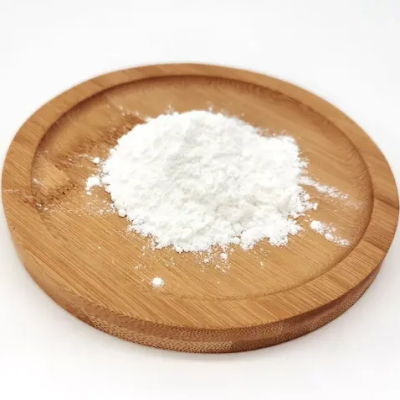
Chloro(1,5-cyclooctadiene)iridium(I) dime CAS:12112-67-3
Chloro(1,5-cyclooctadiene)iridium(I) dimer is a dimeric compound featuring iridium(I) centers coordinated with 1,5-cyclooctadiene ligands and chloride ions. Its chemical formula is IrCl(COD)₂. This dimeric complex exhibits distinct structural and electronic properties, making it significant in organometallic chemistry and catalysis.

